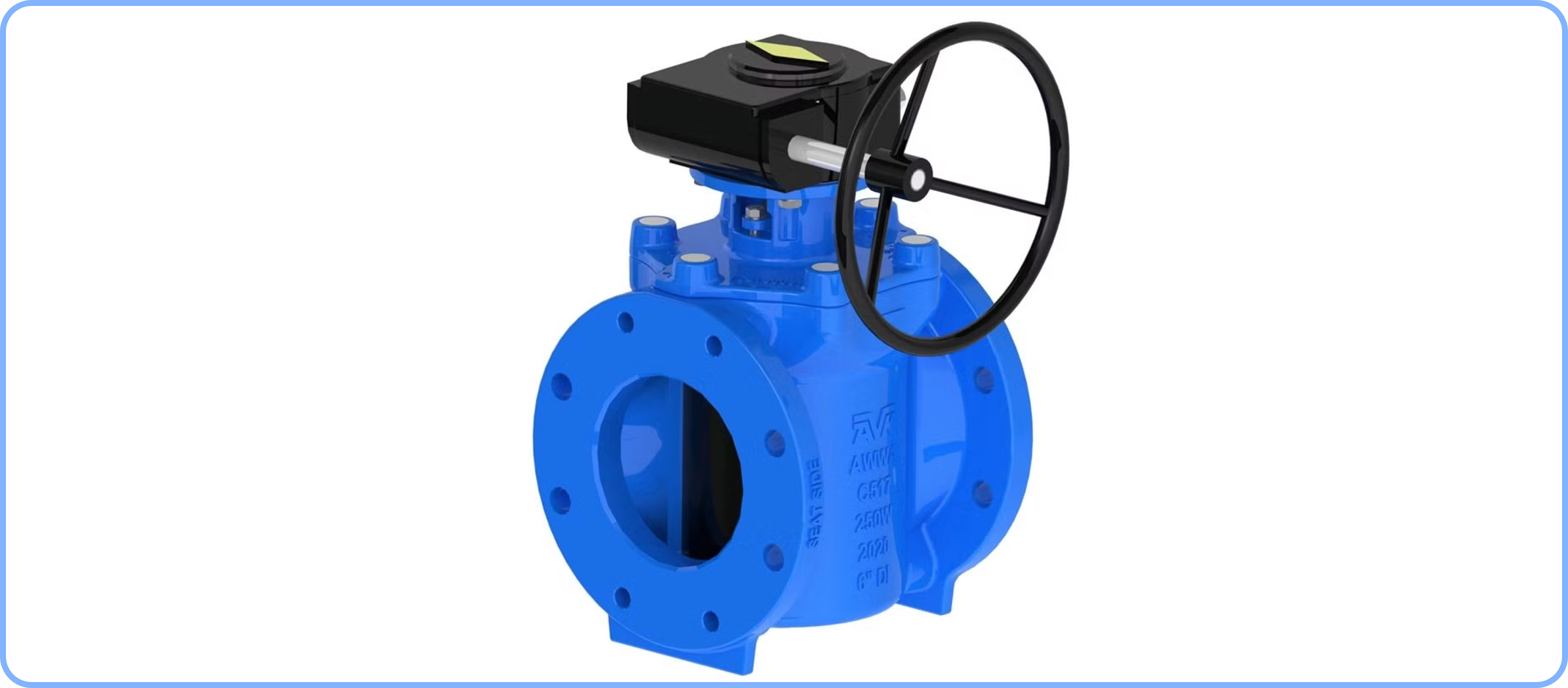
Plug Valve
The basic construction of a plug valve is practically identical to that of a ball valve with the exception of the shape of the obstructer used. In this case, the ball is replaced by a slightly tapered cylinder. This cylinder has a bore through it just like a ball valve, and it operates the same way where it is open in one position, and closed when rotated 90˚.
There are advantages to plug valves that make them the preferred choice in certain applications. One is that they contain no voids or cavities in which media can get trapped. Another is that they can be adjusted to fix leaks that may develop over time, where as a ball valve would need to be repaired or replaced.
Applications
- Oil and Gas Industry: Used in upstream, midstream, and downstream operations for their reliability and sealing capabilities.
- Chemical Processing: Suitable for handling corrosive and toxic chemicals due to their tight sealing.
- Water and Wastewater Treatment: Commonly used in water treatment plants for controlling the flow of water and chemicals.
- HVAC Systems: Employed in heating, ventilation, and air conditioning systems to regulate fluid flow.
- Pipelines: Used in pipeline systems for isolation and flow control.
Like ball valves, plug valves are typically used for on/off applications. Plug valves are often used in extreme service applications such as refineries and chemical plants, where the environment of use is corrosive.

